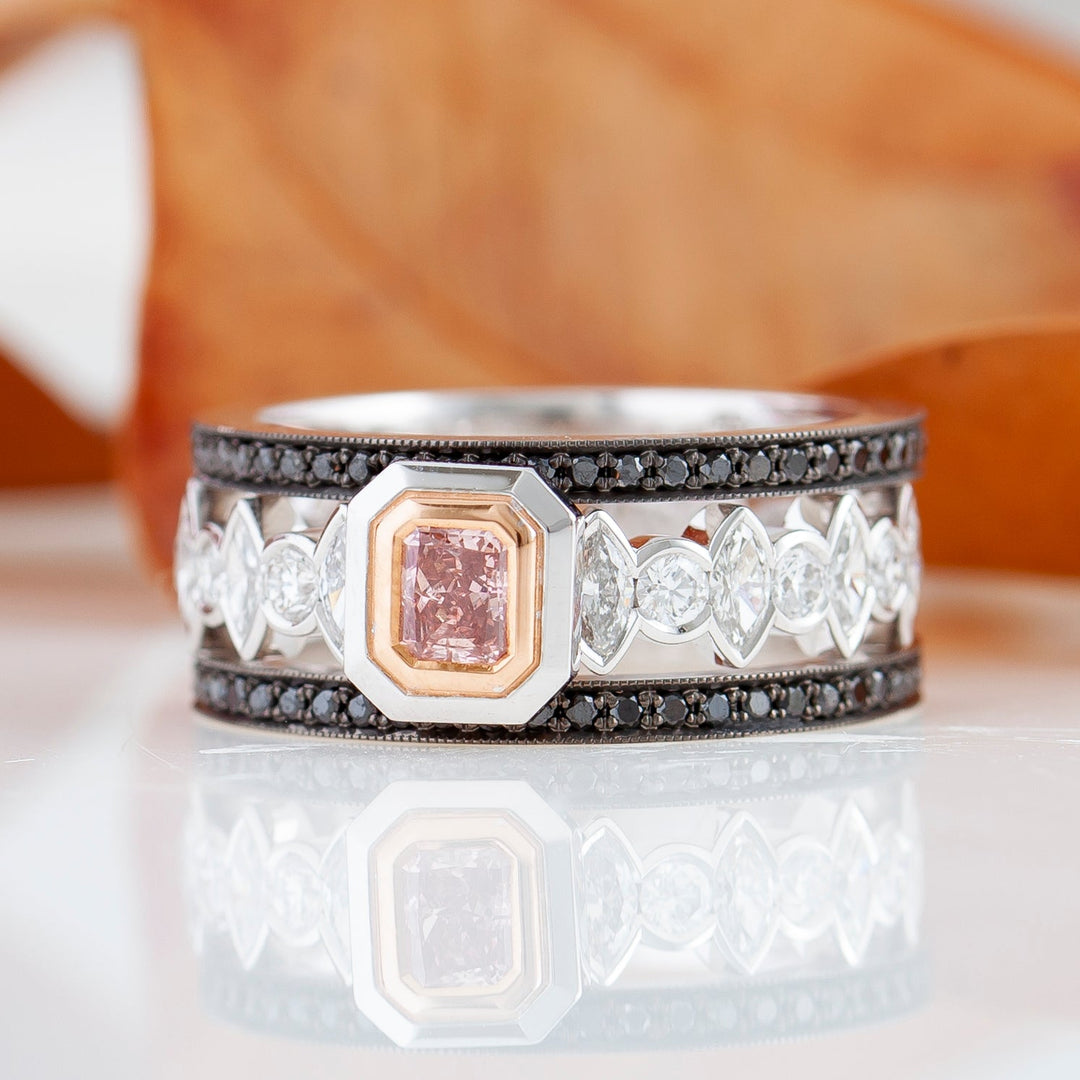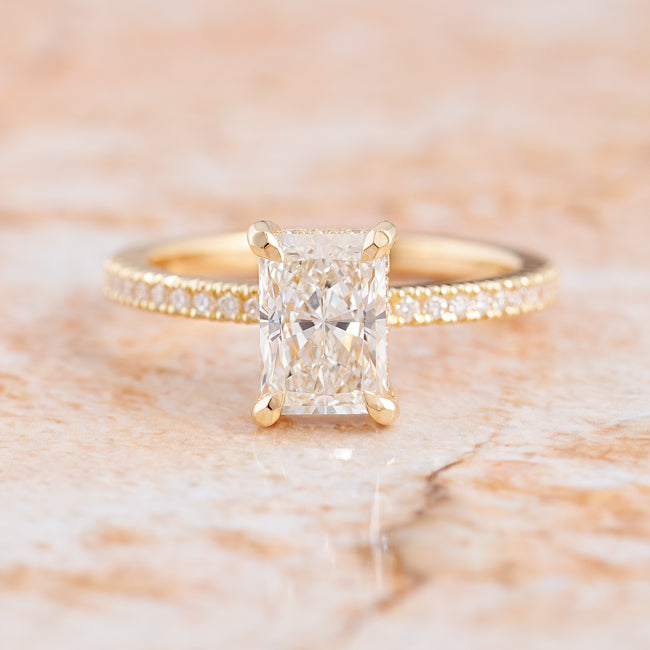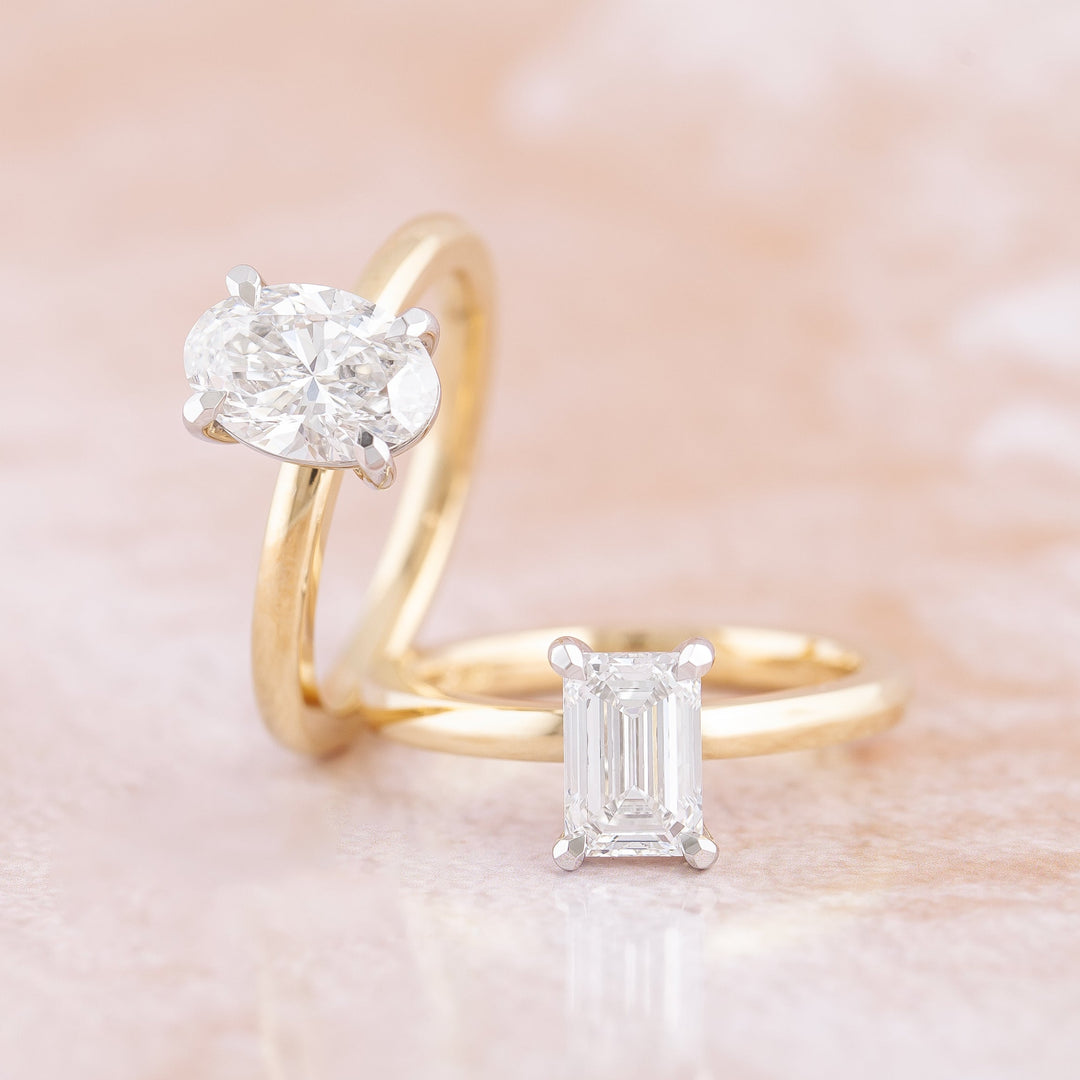Choosing The Perfect Pearl
Never before have there been so many different types of pearls available to the potential buyer. The wide variety of pearls available today can meet almost every personal style, taste and budget; priced from a few dollars to tens of thousands of dollars per pearl.
Types of pearls include the extremely rare natural pearl, the saltwater pearl and the freshwater pearl; the most precious of these being the Australian South Sea pearl. This guide gives you information on what to look and ask for when selecting a pearl.
TYPE OF PEARLS – AKOYA, FRESHWATER, KESHI AND SOUTH SEA PEARLS IN AUSTRALIA
SOUTH SEA PEARLS
South Sea pearls are saltwater pearls grown inside the largest pearl-producing oyster, the Pinctada Maxima. This oyster can produce pearls in silvery white, cream white or very occasionally gold, with subtle hues of pink, blue or green.
The pearls from Pinctada Maxima have a thick and lustrous nacre (pronounced na-ker) coating that is known as orient and this results in pearls of the best quality, in sizes up to 18mm and very occasionally exceeding 20mm. These pearl sizes are amongst the world’s largest, and as such are highly sought.
The waters off Broome’s coast in Western Australia offer the only place in the world with commercial quantities of Pinctada Maxima. As a result, Australian South Sea pearls are some of the most valuable and desirable pearls on the market.
KESHI PEARLS
Keshi pearls are a non-nucleated, natural bi-product of the Pinctada species. They occur only by chance and grow into unusual and interesting shapes, both small and large. They can be white, black and gold on a rare basis. Each Keshi pearl is very unique and truly amazing, illustrating pearls in their most natural form.
TAHITIAN OR BLACK SOUTH SEA PEARLS
Tahitian or black pearls come from the black-lipped pearl oyster or Pinctada Margaritifera found around the Tahiti and the French Polynesian archipelago. This pearl comes in different colour shades of grey with strong hues of aubergine to green, and can reach a maximum size of 16mm.FRESHWATER PEARLS
Freshwater pearls grow almost exclusively in fresh water mussels farmed in ponds throughout China. This is the least expensive and easiest to mass-produce of all pearls. A single mussel can produce up to 50 pearls (compared to the South Sea pearl at one per oyster). Freshwater pearls are rarely symmetrical and all freshwater pearls are treated to enhance their colour and lustre.
AKOYA PEARLS
Akoya pearls are produced in a small marine pearl oyster, Pinctada Fucata (or Akoya) famous in Japan, but distributed widely throughout Asia and Australia. Generally referred to as ‘Mikimoto pearls’ after the famous pioneering pearl farmer, Kokichi Mikimoto, these pearls are small with a thin nacre coating which, like the freshwater pearl, is always treated and coloured.
KNOW THE VIRTUES TO LOOK FOR IN SOUTH SEA PEARLS
- Size
- Shape
- Color
- Lustre
- Complexion
South Sea pearls are world renowned for their immense proportions and are generally found in sizes between 8mm and 15mm. Pearls from 16mm to 20mm are rarely found which make them highly prized by connoisseurs.
There are several factors that determine pearls’ sizes when farmed, these being:
- The size and vitality of the mollusc that produced it.
- The size of the nucleus (the nucleus is the irritant, such as a shell sphere in cultured pearls, at the heart of the pearl).
- The time that the mollusc spent underwater before being harvested.
Pearls are usually measured in millimetres, and are measured through their diameter.
Of course, size isn’t the only factor to be considered when buying pearls. While you could purchase a small home for the price you could pay for a 20mm pearl, there are other characteristics required in order for it to be valuable. For example, a clean, round 10mm pearl with good lustre will be more valuable than a baroque pearl that is dull, even though it may be 12mm.
SHAPE
Pearls grow in a variety of shapes. These range from the classic round shape, to teardrop and button, to the freeform baroque and naturally spiralled circle pearl. A pearl grown on the oyster’s shell is referred to as a Mabé, or half pearl.
Perhaps the most alluring of all the pearl shapes is the Keshi (or seedless) pearl. Keshi pearls are a natural bi-product of the Pinctada oyster. They grow as a result of a small grain of sand or piece of shell making its way into an oyster’s abdomen, thus being transformed into a lustrous pearl. Due to the unusual shape of the irritant these pearls are usually freeform or baroque in profile, and each one fantastically unique.
COLOUR
The species of oyster and the environment in which they grow are the main factors behind determining a pearl’s colour. South Sea pearls in particular are highly coveted for their rich, varied colours.
Pearls from the Pinctada Maxima oyster come in shades of white, ivory, silver, and the rare yellow and rich gold. These then have a lustrous overtone or ‘orient’ of magnificent pink, blue or green or very rarely, a combination of all.
Pearls from the Pinctada Margaritifera oyster (referred to as Tahitian or black pearls) come in shades of aubergine, blue, green, platinum and charcoal grey, all with various hues.
Each pearl reflects colour in a different way – boldly on the surface, or hinting at hues from within the layers of nacre.
LUSTRE
The value of a pearl comes from the nacre’s ability to absorb, refract and reflect light. This quality is known as ‘orient’ – the deep, inner glow and shimmering iridescence of pearls.
The very best pearls have a bright metallic lustre; whereas poor quality pearls show very little reflectivity. Lustre will reflect vibrant pink and rainbow hues off the pearl’s surface, and how well you can see your own reflection in a pearl indicates the quality of its lustre. Good lustre has the gift to minimise other imperfections and its intensity is strongest when seen against its wearer’s skin.
Every South Sea pearl purchased at Jewels of the Kimberley is authenticated by a certificate, guaranteeing its natural colour and lustre.
COMPLEXION
Surface blemishes, or the lack thereof, play an important role in the valuation of pearls. Generally speaking, the fewer surface blemishes a pearl has, the more valuable it is. The term ‘blemishes’ refers to any visible bumps, marks, imperfections or small indentations on the pearl’s surface.
The nacreous layers of a pearl must be thick to enhance the quality and durability of the pearl. When assessing pearls, look at each pearl individually to judge its surface quality, as they are all different.
A timeless beauty, a pearl will always be a treasured heirloom to pass on through generations. This charming gem of the sea will uplift the soul and is the only gem that is perfect as soon as it’s released from its hiding place. No polishing or cutting – it simply and truly…..is.
Because of the scarcity and high price of genuine pearls, man has searched for methods of producing a similar-looking product in a factory or laboratory; but still the humble mollusc in its watery undersea workshop defies man’s ingenuity. No satisfactory substitute has yet been found.




